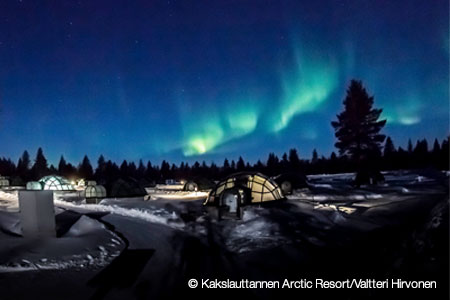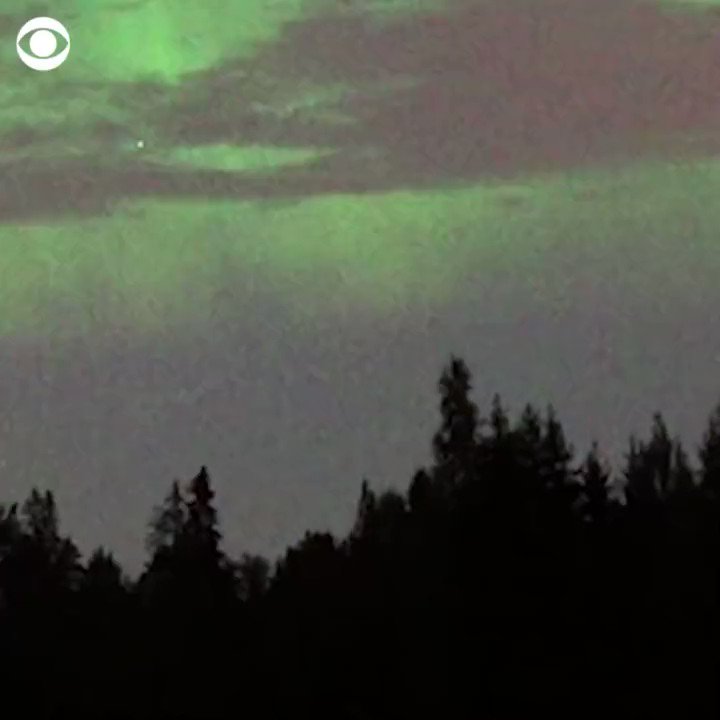
The Deep Freeze – Jan-Febįollowing the onset of polar night, snowfall stays on the ground, temperatures drop and everything is frozen: the temperature can stay at -30 degrees for several weeks at a time. Polar night is a time for calm reflection but is also a surprising feast of subtle and enchanting colours. The auroras and the stars light up the cold frost, cracking ice and fresh snow. The colour of the sky deepens from blue to violet, and then dark night draws in. The lightest time of day starts between 10 and 11am and lasts for three to four hours, resembling a cloudy day with a hint of blue. The number of days per year with potential midnight sun increases the closer towards either pole one goes.Ī quarter of Finland’s territory lies north of the Arctic Circle, and at the country’s northernmost point Utsjoki, the sun does not set at all for 60 days during summer.įor one and a half months during the polar night the sun does not rise above the horizon. The Midnight sun is a natural phenomenon that occurs in the summer months in places north of the Arctic Circle or south of the Antarctic Circle.ĭuring this period, the sun remains visible at the local midnight and even 24 hours for some time, giving plenty of time for late night sun-bathing, or just enjoying the experience of the magical midnight sun. In the summer time, people in Inari get to experience the world famous Midnight sun. You can find out how the northern lights are formed in the following video: Book Aurora tours here! Midnight Sun However, in spite of its remote location, the village is easy to get to with plenty of modern services and comfortable accommodation, making it a popular aurora hunting destination. Sparsely populated and hundreds of kilometers away from the bright lights of large cities, Inari and its surrounding areas have minimal light pollution. Inari and the rest of Northern Lapland, being close to the magnetic north pole, sit within the auroral zone. March, statistically the least cloudy month, is highly recommended for aurora chasing. Early Spring and early Autumn are statistically the best times of year to view the lights, partly due to lesser cloud coverage. The most likely times for seeing the auroras are the hours either side of midnight.

It also helps to be away from the light pollution of cities and towns.Īccording to the Finnish Meteorological Institute, the northern lights blaze in the skies of Northern Lapland three nights out of four. Therefore in order to have the best chance of seeing this mesmerizing natural phenomenon, the sky needs to be as clear and dark as possible, which can often mean temperatures considerably below freezing. Auroras also happen during the daytime but we don’t see them against a lit sky. Even if this activity is strong, we might not be able to see any northern lights if the skies are cloudy or there is thick fog. To begin with there needs to be auroral activity happening above us, which is caused by storms on the surface of the sun.

There are several factors affecting our chances of seeing the northern lights.


 0 kommentar(er)
0 kommentar(er)
